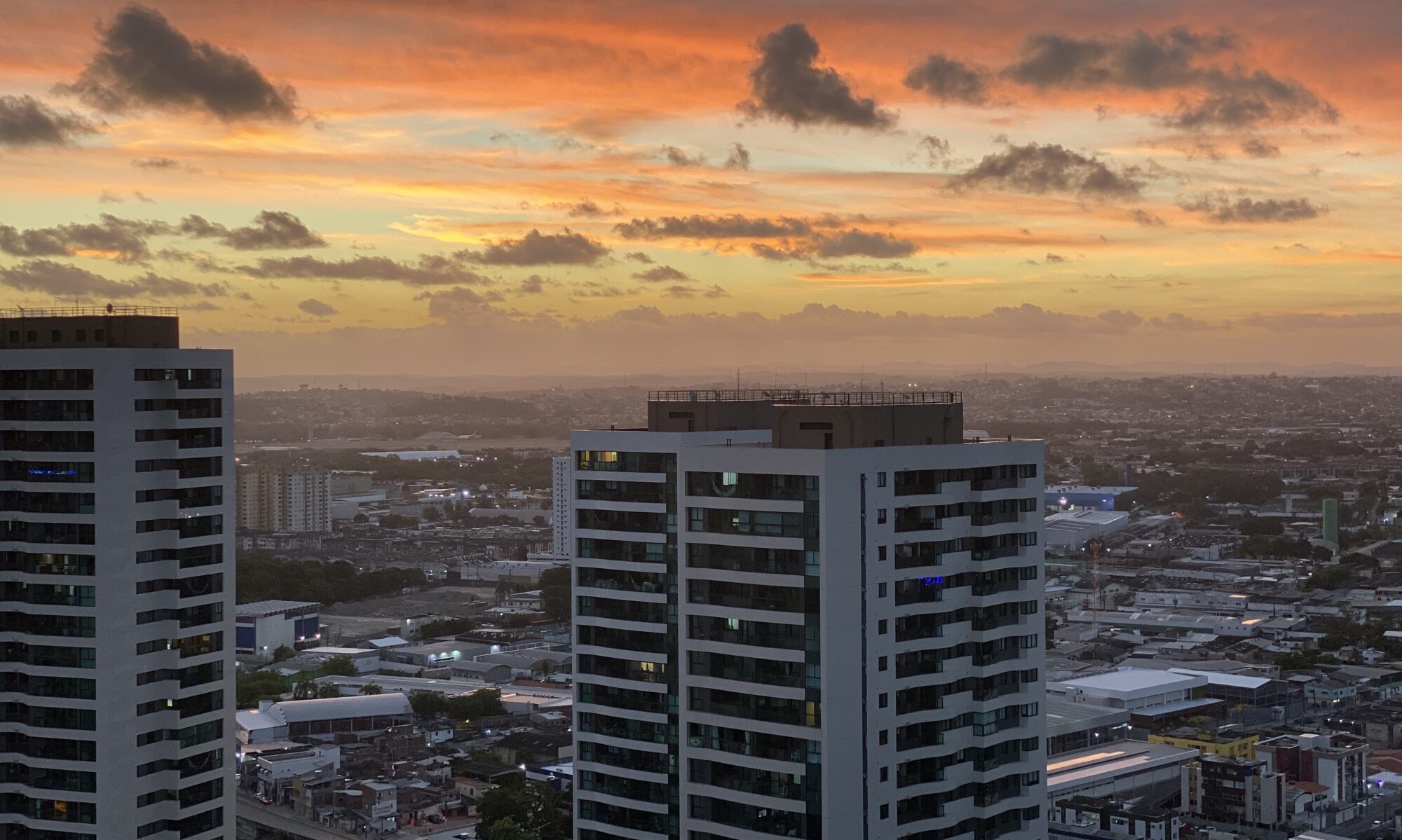For three consecutive centuries, Brazil had a predominantly coastal population. Cattle ranching in the north-eastern Sertão was the first activity to boost the occupation of the interior. In the middle of the 18th century, in what are now the States of Goiás, Mato Grosso, Bahia and Minas Gerais, the process of interiorization was expanded, thanks to gold and precious stones mining. Great migration flows went to that area, where many cities arose parallel to each other.
The southernmost extremity of the present territory of Brazil was the subject of a long running dispute between the Portuguese and the Spanish. That region was incorporated into the territory of Brazil only at the beginning of the 18th century, when the Portuguese government sent troops to defend the area. At the same time a stream of settlers from São Paulo established themselves in the present State of Rio Grande do Sul.
Thanks to the excellent natural conditions, cattle ranching was able to develop fully in that region.
Pioneers in the 19th century carried out the occupation of the interior of the State of São Paulo. With railways, new areas were annexed for coffee production and thus many cities arose connected with that activity. São Paulo became a dynamic pole of vast areas which cover the States of the South of the country in addition to parts of Minas Gerais and Rio de Janeiro.
The occupation of Amazonia was consolidated in the late 19th century from the growing demand for rubber in European markets, which stimulated the economic development of that product and ended up by unleashing an intense migratory inflow, which came mainly from the North East.
However, relations between places were unstable as there was no integration of the various regions of the country. Commercial agriculture and mining were the basis of the population of the territory of Brazil, however its development occurred in sub-spaces which evolved according to their own logic, largely dictated by their relations with the outside world.
However it was in the period following the Second World War, with investment in infrastructure, that the extensive and intensive occupation of the territory of Brazil would occur. The construction of Brasília, inaugurated in 1960, is a symbol of that process of interiorization. It was intended to promote the integration of the Central West and Amazonia into the national economy as a whole, through the implementation of farming projects and the construction of roads for national integration. Those measures intensified the flows of capital and migrations to those regions.


